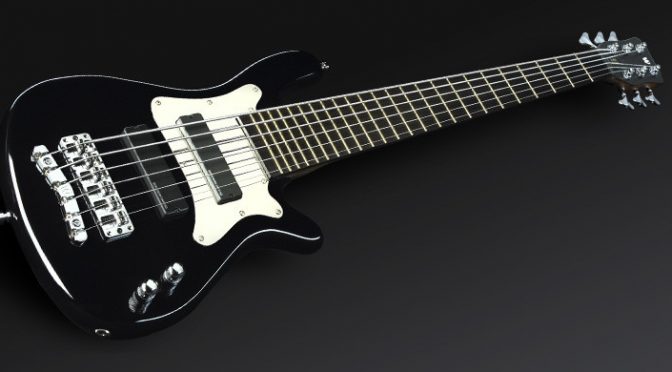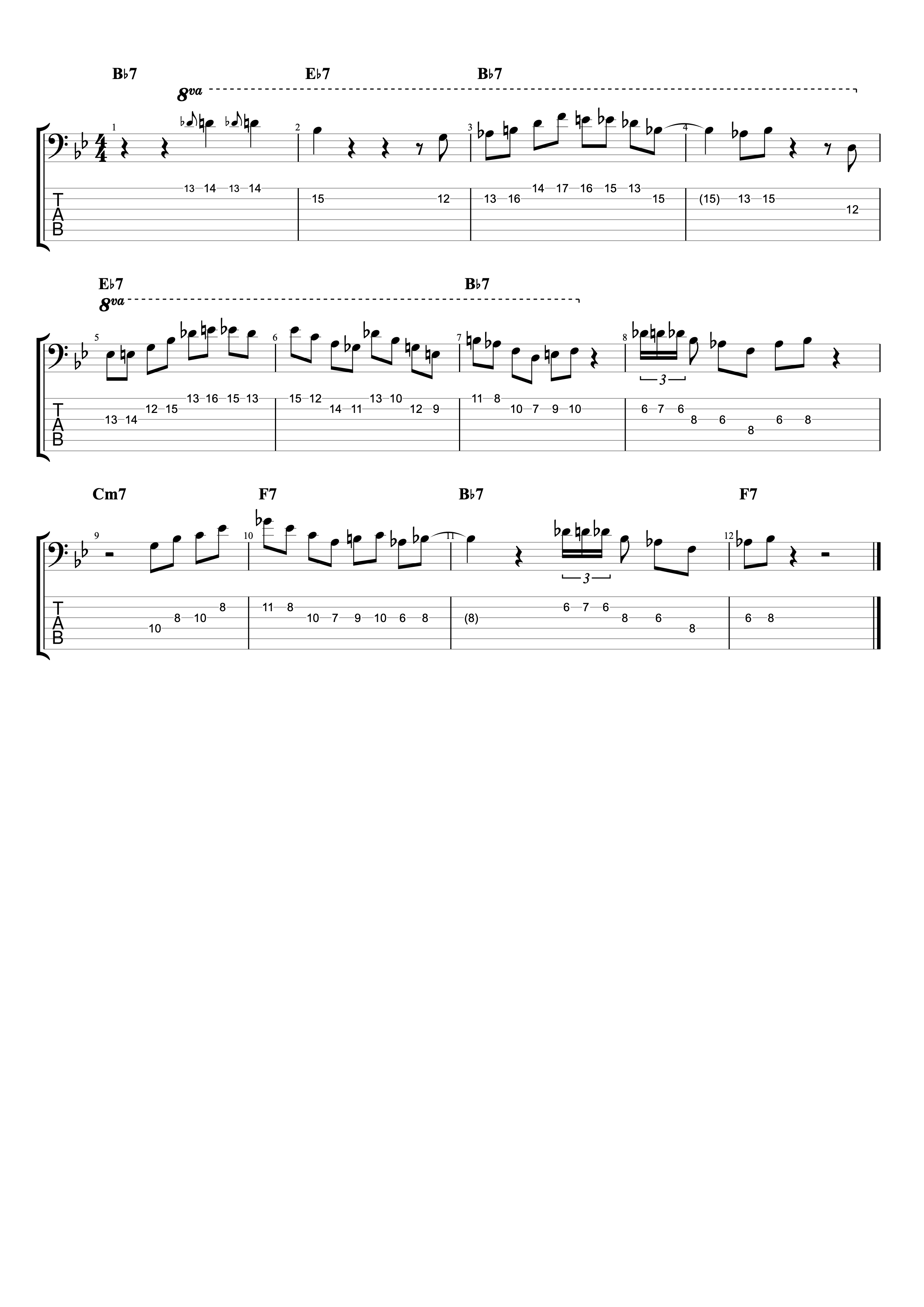Use the Diminished Scale to Play Jazz – Bass Practice Diary – 6th November 2018
This week I’ve been practising using diminished sounds to play on dominant 7th chords in jazz. If you want to bring a more jazz sound to your playing, using the diminished scale is a great way to do it. Because it creates an interesting series of inside and outside notes when played on dominant chords.
What is the diminished scale?
The diminished scale is what I would call a symmetrical scale. It sounds like it should be something very complicated but it’s actually very simple. In many ways it’s even more simple than a major scale.
Symmetrical scales are scales that use the same intervals repeatedly. In the case of a diminished scale the intervals are a half tone (semi tone) and a whole tone. Symmetrical scales are also called modes of limited transposition or fixed transposition, which sounds even more complicated. But it still isn’t. It simply means that there are a very limited number of different ways you can transpose the scale. For example, because of the repeating intervals a G diminished scale is the same as a Bb diminished scale and Db and E diminished scales. So the idea of playing in 12 keys is a bit redundant. Another example of a mode of limited transposition is the whole tone scale. You can also use the whole tone scale to play on dominant 7th chords, but that’s another video for another day.
There are only two different ways you can play a diminished scale, you can either start with a half tone or you can start with a whole tone. After that it just repeats the same patterns over and over. Which makes it quite easy to play, as I said before, in many ways easier to play than a major scale.
Here is an example of an arpeggiated diminished scale pattern that I featured in the video.
How to practise a diminished scale
In the video I’ve used the example of a Bb7 chord. Here is a diminished scale starting on a Bb and beginning with a half tone.

I don’t always think about the scale starting on the root note. Often I will use the major third (D natural in this case) as a jumping off point. And in that case I will think of the scale as starting with a whole tone.
Another approach that I use is to start on the #9 or minor third. In this case Db. In this case the first two notes of the scale will be the minor 3rd (an outside note) resolving to the major third (a chord tone). This is a real signifier of the blues and it will help give your diminished licks a bluesy flavour.
How to apply the diminished scale in jazz
As I’ve previously mentioned, the diminished scale most commonly gets applied to dominant 7th chords in jazz. Here is the same Bb half/whole scale written out with the intervalic relationships to a Bb7 chord written over each note.
As you can see, the scale gives you all of the standard chord tones in a Bb7 chord. Root, major third, 5th and dominant 7th. However, it also includes one unaltered chord extension, the 13th, and three altered chord voicing, b9, #9 and #11. It’s these altered extensions that give the diminished scale a jazz flavour when you play them on a dominant 7th chord.
The best way to demonstrate this is by playing a jazz blues, because the blues uses dominant 7th chords a lot. I’ve transcribed a chorus of blues solo that I improvised in which I was using both the diminished sounds and the more traditional blues sound of the blues scale.
Check out next weeks Bass Practice Diary 30 if you want to look more at some of the diminished blues licks I’m playing here.





3 thoughts on “How to Use the Diminished Scale in Jazz – Bass Practice Diary 29”
Comments are closed.